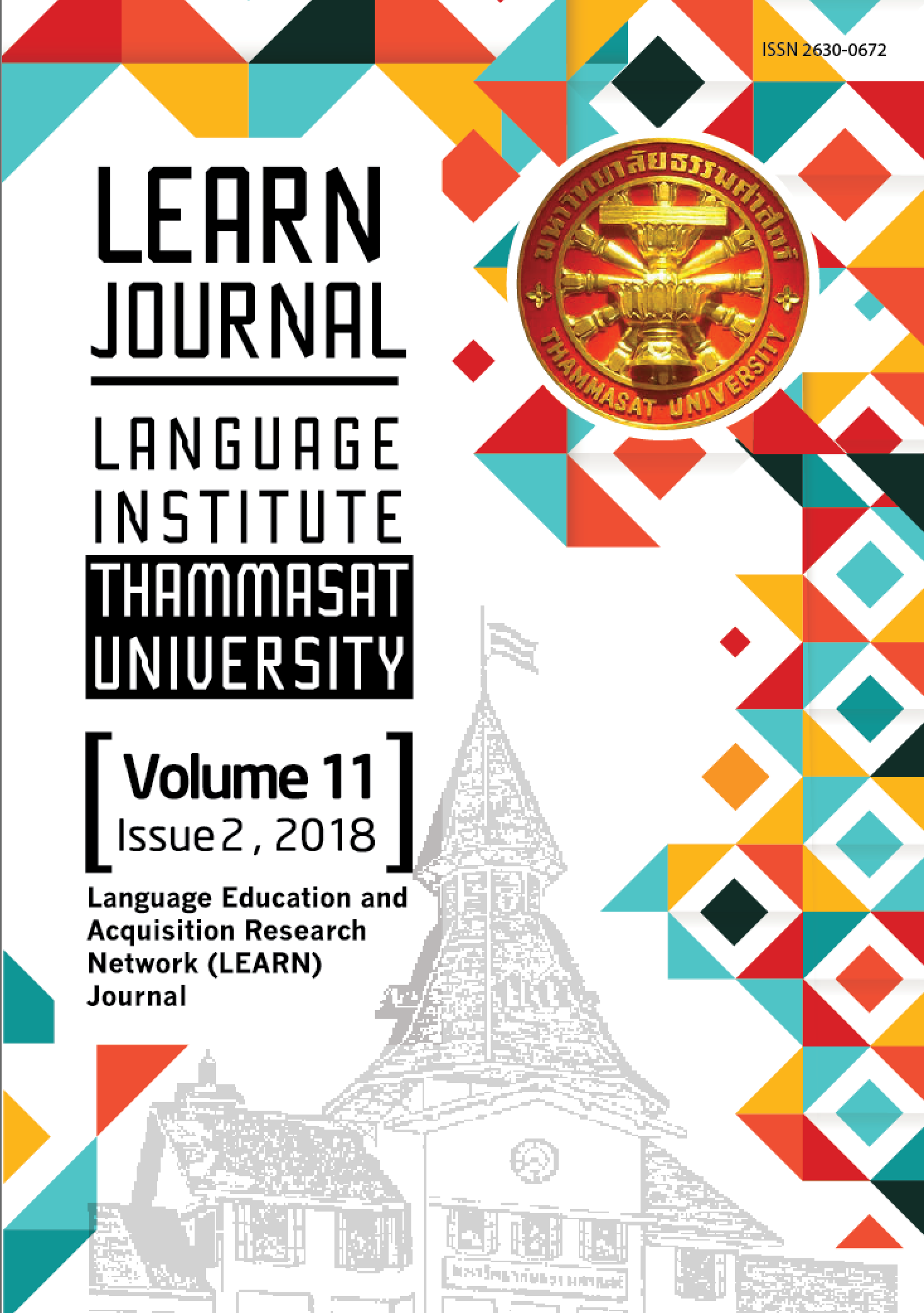Mapping the CU-TEP to the Common European Framework of Reference (CEFR)
Main Article Content
Abstract
The purpose of this study was to map the Chulalongkorn University Test of English Proficiency, or the CU-TEP, to the Common European Framework of Reference (CEFR) by employing a standard setting methodology. Thirteen experts judged 120 items of the CU-TEP using the Yes/No Angoff technique. The experts decided whether or not a borderline student at A2, B1, B2, and C1 levels would or would not correctly answer each item. They judged the items for three rounds. Expert judgment from the third round shows that the CU-TEP cut-off scores for A2, B1, B2, and C1 levels are 14, 35, 70, and 99, respectively, out of the total of 120 points. The standard deviations of A2, B1, B2, C1 levels are 4.75, 10.68, 19.57, and 10.11, respectively. The standard errors of judgment are 1.32, 2.96, 5.42, and 2.80, respectively. Once mapped with the CEFR, the CU-TEP scores are now meaningful in that, first, score users would know which CU-TEP score range falls into which particular CEFR level, and, second, score users would also know what test takers can do with the English language with respect to a particular CEFR level. Discussion, recommendation, and limitations of the study will also be presented in this article.


